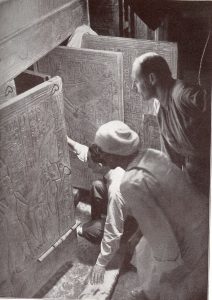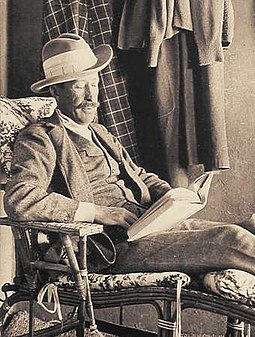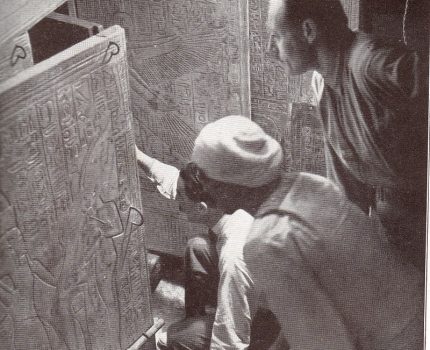
In November 1922, Howard Carter made an absolute stunning discovery in the sands of Egypt: The Tomb of Tutankhamun. But besides bringing to surface some of the world’s most extraordinary treasures of the century from the Valley of Kings, there may have been something else lurking in the depths behind those sealed doors. Did the opening of the chambers unleash the Curse of the Pharaohs?
The Curse of the Pharaohs is believed by some to cause harm, even death, to anyone who has disturbed the burial of a Egyptian pharaoh. In the antechamber of Tutankhamun, and inside further chambers of this young Egyptian pharaoh’s tomb, were inscriptions warning of such a curse.
One of the first tablets found stated:
‘Death will slay with his wings whoever disturbs the peace of the Pharaoh’
While many archeologists of the time paid little attention to such superstitions, it wouldn’t be long after the opening, that they may have started thinking differently. It’s been documented that numerous people, who were closely associated with opening the tomb, had died under strange circumstances by 1930. Some within the first year after discovery.
Fear of the curse began in December, 1922, when the New York Times published an article on the tomb. It included a story about an incident that happened on the same day of opening the tomb. It was as follows:
“…the day the tomb was opened and the party found these golden serpents in the crowns of the two statues there was an incident at Carter’s house. He brought a canary with him this year to relieve his loneliness. When the party was dining, that night there was a commotion outside on the veranda. The party rushed out and found that a serpent of similar type to that in the crowns had grabbed the canary. They killed the serpent, but the canary died, probably from fright.”
This was one of the first reported incidents that struck fear in the native Egyptians working in the tomb. Many regarded the death of the canary as a warning against digging deeper into the King’s burial chambers. He had rested peacefully there for over 3500 years and uneasiness in disturbing not only his artifacts, but the King himself, soon spread.
As mentioned, the authorities did not fear the Curse themselves at first, but Carter was aware their Egyptian workers, who were needed to help finish clearing the sands and debris from the tomb might be frightened off by the tomb’s threat. Carter would not make mention of the tablet again, and this first tablet with the curse is currently missing from collected artifacts. It seems it was thought the less attention given to it by the press would calm workers, and have them forget there was ever a curse found.

But that didn’t last long. Lord Carnarvon who financed the excavation, and who was the first to open the tomb with Carter, died suddenly, only months later, in April 1923. The Curse of the Pharaohs was said to be the cause. In actuality, his death could be explained by a mosquito bite which spread a deadly infection throughout his body. But no matter, it was still considered the result of the Curse by many.
Others, too, would die. Although there were explanations, it didn’t matter. The Curse was the underlying cause and wreaking havoc. Opening the tomb had unleashed the anger of the Pharaohs!
The following is a list of some of the other deaths:
George Gould, who was a longtime friend of Lord Carnarvon’s and came to see the tomb, came down with a high fever after his visit. He was dead within hours after leaving the site in May of 1923.
Carnavon’s half brother died in September of 1923 from blood poisoning. His death was quickly assumed to be that of the Curse.
Archibald Douglas Reid died in 1924. He was the radiologist who was the first to cut the wrappings of the King and X-ray his body. His cause of death is unknown, but he complained of extreme exhaustion after working with the mummy.
Arthur Mace was the Assistant Curator of Egyptian Art at the Metropolitan Museum of Art, New York. He had been a member of Carter’s team and soon after complained of growing exhaustion. He fell into a coma and died in 1928.
Lord Carnavon’s wife, Lady Almina died in 1929 from an insect bite. Again, assumed to be brought about by the Curse.
Carter’s personal secretary, Richard Bethell, died in 1929, supposedly of circulatory collapse. Bethell’s father later died in 1930 as the result of falling from his 7th floor apartment. Did the Curse drive him mad and make him jump?
It may never be known for certain why so many people associated with the opening of the Tomb of Tutankhamun seemed to die unexpectedly and before their time. While explanations may be given, and scientific studies into the tomb’s air quality and investigations into possible poisons, radiation, or other harmful circumstances, are made, there will always be those who believe it is because of the Curse of the Pharaohs.
What do you think?
.

